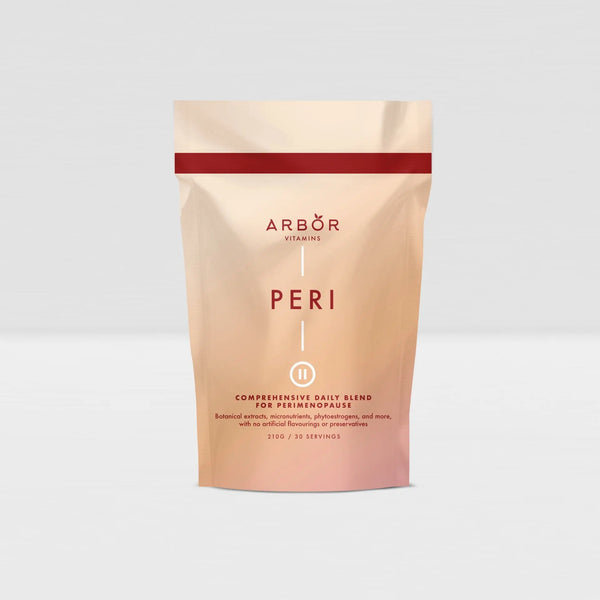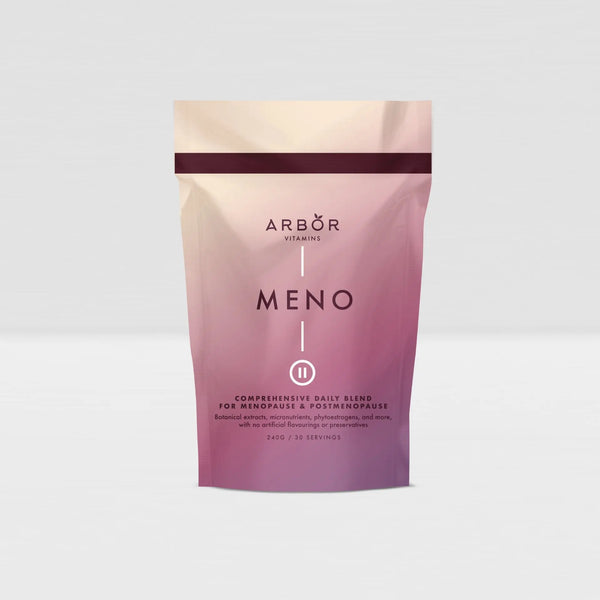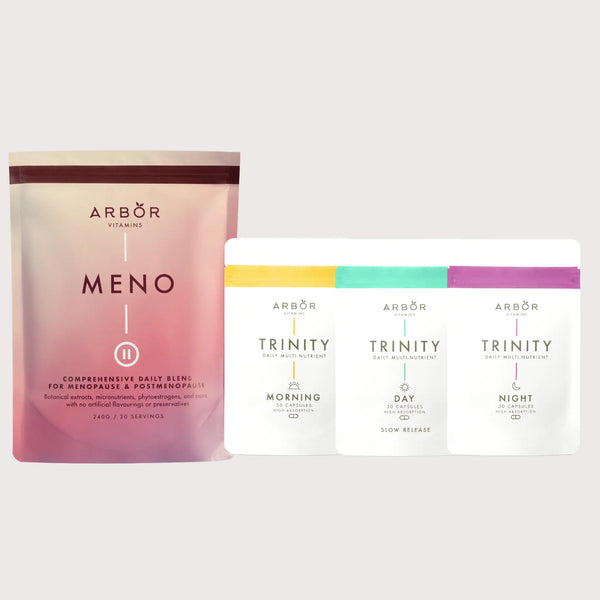Cereal and Butylated Hydroxytoluene (BHT): What You Need to Know
Cereal and Butylated Hydroxytoluene: In the evolving landscape of food science, certain additives once considered safe or even beneficial are undergoing fresh scrutiny. One such substance is Butylated Hydroxytoluene (BHT), a synthetic antioxidant used extensively in products like breakfast cereals. Though BHT has been praised for its ability to extend shelf life and preserve food quality, recent studies are prompting renewed concerns regarding its long-term effects on health. Let’s explore BHT’s role in food, the risks it may pose, and what new research is uncovering.
What is BHT?
BHT is a phenolic compound commonly used as a preservative in food, particularly in cereals, to prevent oxidation. Oxidation can lead to food spoilage, affecting taste, texture, and nutritional quality. BHT effectively slows this process, allowing cereals and other food products to maintain their quality for longer periods.
Historically, the U.S. Food and Drug Administration (FDA) has classified BHT as "Generally Recognized as Safe" (GRAS) when used in small quantities. However, as scientific understanding of additives evolves, the safety of BHT in foods is being questioned, especially as new studies explore its potential effects on human health.
Concerns About BHT
While BHT is beneficial for preserving food, concerns about its long-term health effects continue to surface. Some of the key worries include:
Endocrine Disruption:
Animal studies have suggested that BHT could act as an endocrine disruptor, interfering with hormone production and function. This raises potential concerns for human health, especially with long-term exposure.
Carcinogenic Potential:
There have been discussions about BHT's potential to cause cancer. Some rodent studies have shown that high doses of BHT might contribute to tumor formation. However, the relevance of these findings for human consumption is still debated.
Behavioral and Developmental Effects:
Research on animals also indicates that BHT exposure could have behavioral and developmental impacts, particularly during critical growth periods. These effects could range from developmental delays to changes in mental health, although these findings are still under investigation.
Despite these concerns, it’s important to remember that the doses used in many of these studies are often much higher than what a typical consumer would ingest from food. As a result, the real-world implications of these findings remain unclear.
New Insights from Japanese Research
A recent study conducted in Japan has added a new dimension to the debate on BHT. This large-scale study sought to fill gaps in previous research and offer more insights into the compound's potential risks.
Key Findings:
-
Dose-Response Relationship: The study found a clear dose-response link between BHT intake and potential health risks. Even at typical human consumption levels, there were observable effects, suggesting that even "safe" levels of BHT may need to be reconsidered.
-
Metabolic Disruption: The study indicated that regular BHT consumption could disrupt metabolic processes, potentially contributing to conditions like obesity, diabetes, and other metabolic disorders.
-
Gut Microbiota Changes: Perhaps most intriguing, the study showed that BHT could alter the gut microbiota. Since the gut microbiome plays a crucial role in overall health, these changes could have widespread implications, affecting everything from digestion to immune function.
While some experts advocate for reduced BHT use in food products, others stress that the actual risks—though concerning—are still relatively small in the context of typical consumption levels.
Implications for Cereal Consumers
Given the extensive use of BHT in breakfast cereals, it’s natural for consumers to be concerned. Cereals are a daily staple for many people, and over years, even small risks could compound into larger concerns.
Manufacturers, however, face a tough choice. Replacing BHT could reduce shelf life and product stability or require the use of alternative preservatives, which might carry their own risks or impact taste and texture.
The Bottom Line: Should You Be Concerned?
The Japanese study adds an important layer to our understanding of BHT. While it doesn’t definitively condemn BHT, it calls for ongoing research and reassessment of food additives. As consumers, it's important to stay informed and consider diversifying diets to minimize exposure to any potential risks. Manufacturers may want to invest in research to find safer, equally effective alternatives to BHT.
The discussion surrounding BHT highlights the ever-evolving nature of food science. What we consume today may be deemed safe, but as new studies are conducted, safety assessments and regulations may change to reflect our growing understanding of food’s impact on health.
By staying informed and making conscious choices, we can ensure that what we eat supports both our immediate enjoyment and long-term health.












